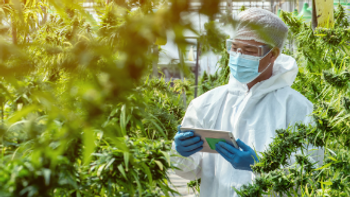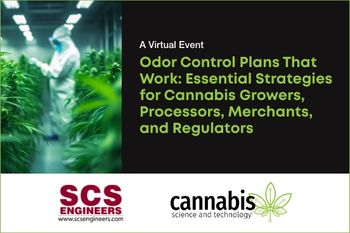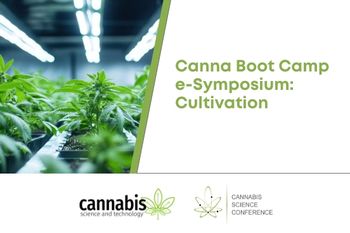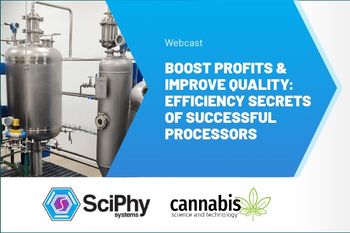
Characterizing Xenobiotic Hemp Metabolites in the Raw Honey of Western Honey Bees (Apis mellifera) by UHPLC–MS/MS
Wednesday, November 10, 2021 at 2pm EST | 1pm CST | 11am PST Western honey bees ingesting phytocannabinoid-rich extracts produce pharmacologically active cannabinoid metabolites in their raw honey. These metabolites enhance the pharmacokinetic profile of cannabidiol in human and rodent models.
Register Free:
Event Overview:
Currently, there is a U.S patent granted for the process of administering high-CBD hemp extract to Western honey bees (Apis mellifera) through their food; the process results in raw honey infused with low milligram quantities of phytocannabinoids. The Western honey bee possesses several isoforms of CYP450 enzymes, CYP6 and CYP9, which are responsible for the oxidative metabolism of flavonoids, nicotine, and other xenobiotics consumed by bees. Based upon published pharmacokinetic studies, CBD is metabolized by CYP450 enzymes into both 7-COOH-CBD (MW: 344.44) and 7-OH-CBD (MW: 330.5). The resulting honey possesses both primary and secondary CBD metabolites, 7-OH-CBD and 7-COOH-CBD, respectively, along with untransformed phytocannabinoids from the fed extract.
- A reverse phase method was used to quantify the amount of each constituent on an Agilent 1290 UHPLC coupled to a 6470B Triple Quadrupole Mass Spectrometer (MS/MS).
- A full phytocannabinoid method was developed to measure trace amounts of phytocannabinoid and phytocannabinoid metabolites in several raw honey samples.
- Method validation experiments, including spike recoveries, were performed using target compounds, and showed high specificity, precision, accuracy, and linearity.
- The hemp or cannabis extract feed material chemotype is mirrored in the resulting honey based upon these analyses.
Key Learning Objectives:
- Utilizing simple sample preparation techniques for analysis of phytocannabinoids in complex and dirty matrices.
- Developing robust reverse phase (RP) UHPLC Triple Quadrupole Mass Spectrometry (QQQ) methods using Agilent MassHunter Molecular Optimizer.
- Creating sensitive and fast dMRM methods with natural product stereoisomers using 7470B Agilent UHPLC Triple Quad MS.
Who Should Attend:
- Analytical or R&D Chemists in the Food, Dietary Supplement, and Pharmaceutical Industries
Speakers
Edward A. Palumbo II
Senior R&D Scientist
Charlotte's Web Inc.
My research interests are focused on natural products and medicinal chemistry. As an R&D Scientist, I have worked with multi-disciplinary teams in quality management, marketing, manufacturing, product development, and process engineering to create innovative products in the dietary supplement industry. I have ample experience developing and validating analytical methods to monitor manufacturing processes at cGMP facilities, while using DoE and QbD to minimize testing and experimentation costs.
Outside of our laboratory, I guide preclinical & clinical research initiatives with academic research partners & CROs, while initiating safety studies required by regulatory agencies, domestic & abroad. I understand the regulatory challenges and hurdles posed by acquiring GRAS status, navigating the U.S FDA IND process, and gaining access to international nutraceutical markets. My goal is to demonstrate the scientific merit of dietary supplement use, while driving research initiatives to generate insightful PK and PD data on novel hemp formulations. Ultimately, I aim to minimize costs and maximize return on investment through technically-driven product development strategies coupled with collaborative research.
Register free:
Newsletter
Unlock the latest breakthroughs in cannabis science—subscribe now to get expert insights, research, and industry updates delivered to your inbox.




